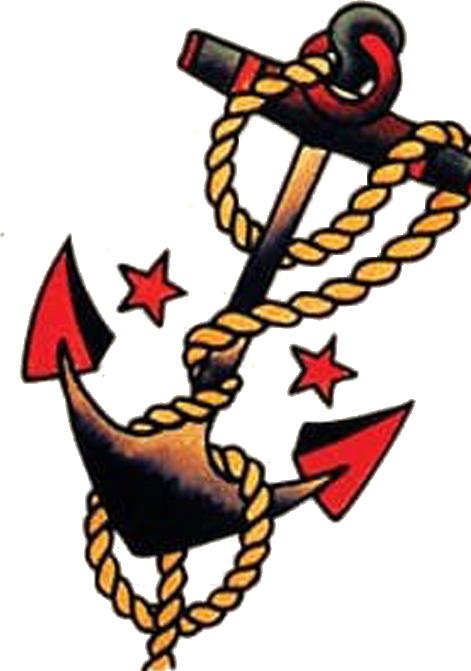
2 minute read
Sailor Tats
By MC3 Jacques-Laurent Jean-Gilles, NAS Sigonella Public Affairs
Have you ever wondered how old-school tattoos of birds of prey, naval symbols and pin-up girls were popularized? It’s all thanks to one former U.S. Navy Sailor who flipped the tattoo world on its head.
Advertisement
January 14, 2021 marked what would have been the 110th birthday of Norman Collins, famously known around the globe as Sailor Jerry. If you have a tattoo or admire the art, Sailor Jerry’s legacy may have indirectly influenced you.
“Sailor Jerry had an important value in modern tattooing, exporting and popularizing the traditional American style around the world, and allowed tattoo enthusiasts to discover other pioneers who in turn influenced the style of Sailor Jerry,” said Patrick Guerrera, a tattoo artist in Catania who has been tattooing for 20 years.
Before we get to how this former U.S. Navy Sailor became the godfather of American tattooing, it may be valuable to first understand tattooing’s rich history in the Navy. This deep connection may even possibly be one reason why the Navy’s tattoo policy is the most lenient of all the American military branches.
American and European explorers became exposed to tattooing in the 1700s when they visited Islands in the Pacific. In those times, tattoos were used by tribes to indicate status or rank in society or bloodline, amongst other reasons. The word tattoo itself comes from the Tahitian word “tatua.”
Capt. James Cook, a British Sailor, made several voyages to the South Pacific in the 1700s and returned to Britain with word men with their bodies completely inked. As they made more voyages to the South Pacific, Cook’s men came back with more than just stories of tattooed men -- they came back with tattoos themselves, and in turn reintroduced Europe to tattoos, which had been previously used in ancient times. Tattoos eventually became associated with seafaring men as the practice spread from port to port.
“Man has always had the need to personalize his person, and today a tattoo is a way to get out of an aesthetic routine, or in other cases, more simply to impress a memory, an emotion indelibly on the skin,” said Guerrera.
Sailor Jerry enlisted in the Navy at 19 years old and was exposed to Southeast Asian art during his deployments. After leaving the Navy, he set up shop in Hawaii, and when Navy ships would stop in the Pacific, he tattooed an uncountable number of Sailors in styles now considered American traditional tattoos. These Sailors paraded his work around the world, and these now-old-school tattoos remain amongst the most popular.
Today, tattoos have become more and more mainstream around the world, and the stigma associated with them is waning. Some say this is partly due to Sailor Jerry’s influence and fresh designs. If you’ve ever appreciated tattoos of anchors, swallows, snakes, nautical stars -- just to name a few -- or tattoos in general, Sailor Jerry is the man to thank.










